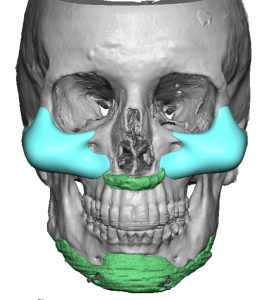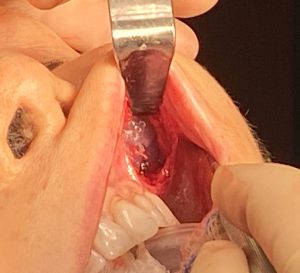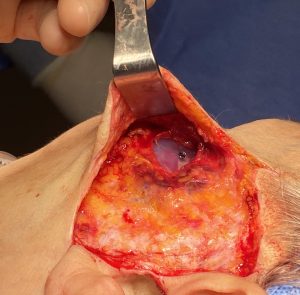Cheek implants are a common type of aesthetic structural facial augmentation surgery that is only secondary in number performed to chin implants. They are usually placed through an intraoral approach crossing the concave surface of the maxilla in the subperiosteal plane to place the implant at various positions on the malar/submalar area. Far less frequently cheek implants are placed through a lower eyelid approach which is either done due to convenience (if lower eyelid surgery is being concurrently performed) or at the request of the patient.
An additional route of cheek implant placement is through a preauricular approach. This enters the subperiosteral plane at the anterior zygomatic arch and /or on top of the deep masseteric fascia just below the zygomatic body. This requires penetrating through the SMAS layer amidst the buccal branches of the facial nerve. This has the obvious advantage of avoiding an intraoral entry and a lower risk of infection. But it is usually only used when the patient is already having a facelift so this point of access is one of opportunity and convenience.
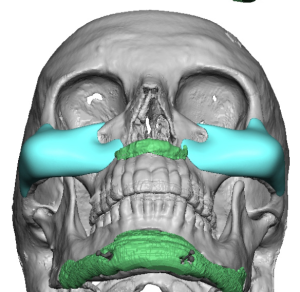
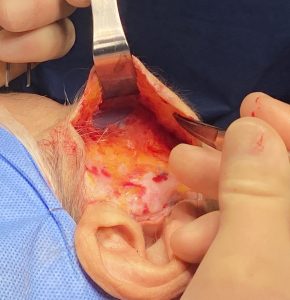
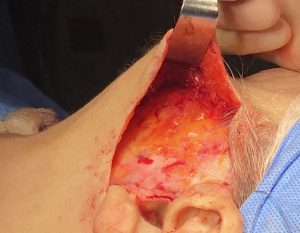
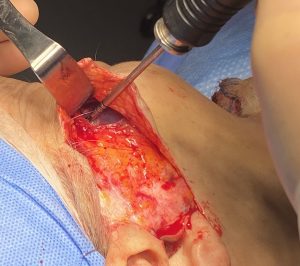
Dr. Barry Eppley
World-Renowned Plastic Surgeon



